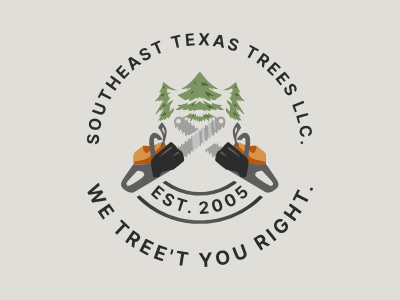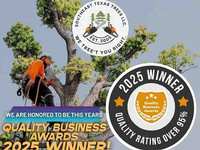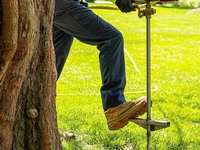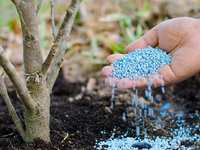- Categories :
- More
How To Spot Tree Disease Before It's Too Late!
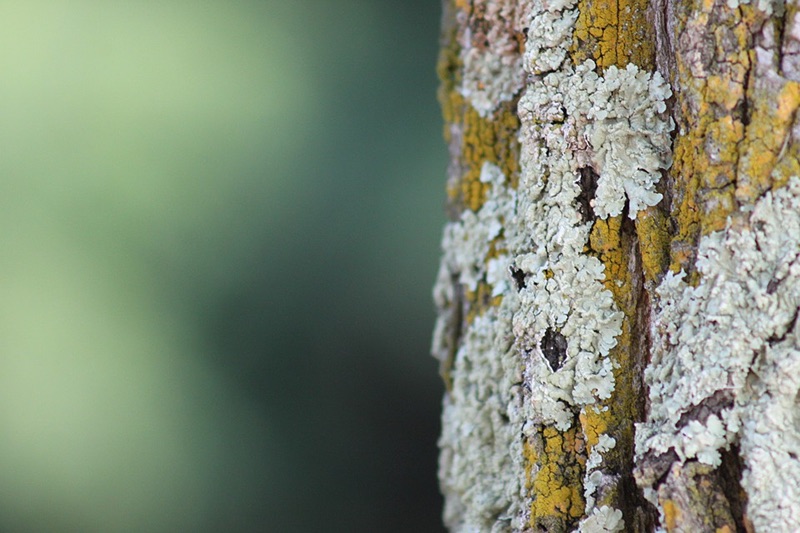
How to Spot Tree Disease in Your Yard’s Trees (Zone 9 – Southeast Texas)
Your trees are a valuable part of your landscape, providing shade, beauty, and even increasing property value. But tree diseases can quickly turn a healthy tree into a hazard. Spotting the early signs of disease can save you time, money, and potentially even the tree itself. Here’s what to look for in your Southeast Texas trees:
1. Discolored or Wilting Leaves
If leaves are turning yellow, brown, or curling at unusual times of the year, it could be a sign of fungal or bacterial infections such as oak wilt or anthracnose.
2. Unusual Growths or Fungal Spots
Mushrooms growing at the base of a tree, cankers (sunken or dead areas on bark), or powdery mildew on leaves often indicate disease. These issues can weaken the tree and lead to decay.
3. Peeling or Cracked Bark
While some trees naturally shed bark, excessive peeling or deep cracks may signal a more serious issue like root rot or a pest infestation.
4. Dead Branches or Dieback
When branches suddenly die off or a tree starts losing sections of its canopy, it could mean an underlying disease, such as root decay or fungal infection, is spreading.
5. Insect Infestations
Borers, beetles, and other insects often attack diseased or weakened trees, speeding up their decline. Look for tiny holes in the bark, sawdust-like residue, or unusual sap leakage.
Don’t Wait – Get a Professional Evaluation
Tree diseases can spread quickly, threatening not only the infected tree but also nearby trees in your yard. At Southeast Texas Trees, we specialize in identifying and treating tree diseases early. Contact us today for a free quote—our experts can assess your trees and provide the best course of action to keep your landscape healthy!
📞 Call us for your free quote today! 281-642-5562

